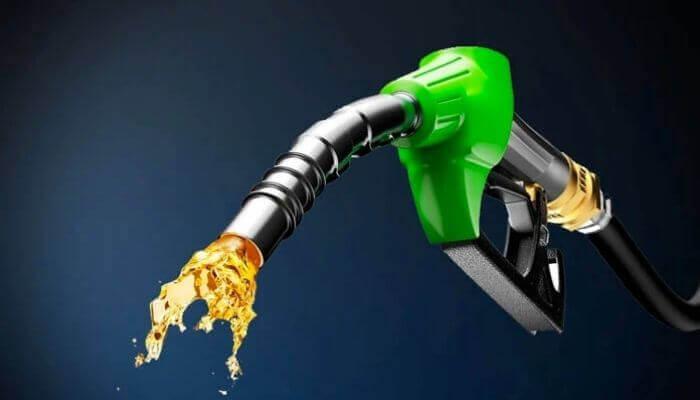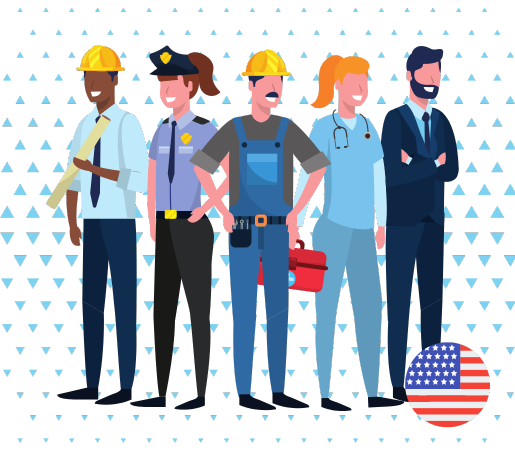I grew up in a household where gas prices were discussed as often as report cards. Fuel costs were always a big deal — and for a lot of folks here in Colorado, they still are. Checking the price at the pump every morning is almost a reflex. But now, we have a real shot at changing that story.
Electric vehicles (EVs) aren’t just a flashy trend. They’re a real chance for the U.S. — and for Colorado — to break free from foreign oil, grow our local economy, and create solid, good-paying jobs in the places that need them most. And unlike lofty promises from D.C., this change is already taking root right here — in small towns, on shop floors, and in families who are tired of dropping a hundred bucks every time they fill up.
Breaking Free from Oil Dependence

The U.S. burns through millions of barrels of oil every day, and a big chunk still comes from overseas. Sure, we’re producing more at home than we used to, but we’re still at the mercy of global markets. A flare-up in the Middle East, a shipping snag in the Gulf — and Coloradans are left paying more at the pump.
Switching to electric vehicles gives us more control. You can charge your car right at home, often using power that’s increasingly coming from renewables. That means we can manage not just prices — but where our energy comes from.
Why cutting the oil cord matters:
- More stable transportation costs
- Less exposure to global disruptions
- A boost for local energy sources — solar, wind, hydro
- Cleaner air in traffic-heavy regions
Just look at California — they’re ahead of the curve, and they’re already seeing lower gas demand. And even folks who haven’t made the switch to EVs are benefiting from the ripple effect: more competition, better prices.
When we go electric, we choose American energy — whether it’s solar panels in Arizona or wind farms in Northern Colorado.
Learn more: Oil and petroleum products explained
More Jobs, Made in America

You’ve probably heard critics claim the clean energy economy kills jobs. But here’s the thing: it actually creates them — and not just for engineers in Silicon Valley.
We’re talking battery plants, motor manufacturing, charging station installation. These are jobs for electricians, welders, logistics pros — and they’re jobs we can keep right here at home.
Tesla, GM, Ford — they’re already building. Nevada’s home to one of the largest battery gigafactories in the world. Tennessee’s got a major EV plant underway. This isn’t wishful thinking. It’s real opportunity.
And for cities like Pueblo, Grand Junction, or even small towns like Alamosa — places with strong working-class roots — this is what revitalization looks like.
Job-creating projects making a difference:
| Company | Location | Jobs Created | Focus |
|---|---|---|---|
| Tesla | Nevada | 10,000+ | Battery Production |
| GM | Michigan | 4,000+ | EVs and Batteries |
| Ford | Tennessee | 5,800+ | BlueOval EV Plant |
| Rivian | Georgia | 7,500+ | Electric Trucks |
And here’s the kicker: you can’t offshore this stuff. EV infrastructure has to be built and serviced locally. That means the benefits stay in our communities.
Learn more: U.S. Department of Energy – Clean Energy Jobs
A Just Transition from Coal and Oil

Now look — I get the hesitation. Here in Colorado, we know what coal and oil have meant for generations. These jobs put food on the table and paid the mortgage. But we also can’t ignore the writing on the wall.
Demand is shifting. Mines are closing. Some oil rigs are running dry — or just too expensive to operate. Rather than clinging to a fading past, we need to offer people a future worth moving toward.
That’s where retraining programs, infrastructure investments, and targeted tax breaks come in. And Colorado’s already making progress on that front. But we’ve got to keep people — not just technology — at the center of this shift.
EVs aren’t here to erase the past. They’re a bridge to the future — one where hard work still matters, and where communities can thrive again.
From Rigs to Chargers: Infrastructure as a National (and Local) Mission
Here’s a fact: none of this works without reliable, widespread charging infrastructure. Right now, we’re not quite there. But that gap? It’s actually our opportunity.
Building out charging stations means more than just convenience for drivers. It’s a pipeline of jobs — for electricians, contractors, manufacturers. It’s a chance for small businesses to grow: diners, coffee shops, and local stores near chargers see more foot traffic and customers.
What a strong charging network delivers:
- EV access in rural and suburban areas
- More small business growth
- Construction and maintenance jobs
- Higher demand for American-made equipment
- A major cut in transportation emissions
Federal and state grants for charging infrastructure are already rolling out. What’s critical now is making sure those dollars reach not just Denver and Boulder, but Lamar, Delta, and everywhere in between.
When a new charger pops up outside a grocery store in Montrose, that’s not just “clean tech.” That’s economic development. That’s local momentum. That’s Colorado moving forward — all of it.
Helpful link: National Electric Vehicle Infrastructure (NEVI) Program – Colorado
Why This Works for Everyone — Red or Blue

We can go back and forth on climate policy or carbon credits — but here’s the truth: EVs save people money. Less gas, less maintenance, fewer repairs.
Whether you’re an Uber driver in Aurora, a rancher in Craig, or a family hauling kids to soccer practice in Fort Collins — you feel the difference. Especially now, with tax credits, rebates, and manufacturer incentives.
Want to save on an EV?The site kw-kilowat.com has a lot of information about electric cars and effective ways to save on them
And look, I know politics can get heated. But this isn’t about ideology. It’s about common sense — and giving Coloradans more options that work for their budget and their future.
Wrapping It Up
I believe the future of America — and Colorado — is being built by folks with tools in their hands, not just spreadsheets on a screen. EVs aren’t a silver bullet, but they’re a smart, practical step in the right direction.
They connect the dots between ecology and economy, between cutting-edge tech and everyday life.
And most importantly, they let us reinvest in ourselves — our land, our people, our skills. Because when we bet on Colorado-made solutions, Colorado wins. And so does the country.
That’s not just a clean-energy plan. That’s a clean break toward a better future.

